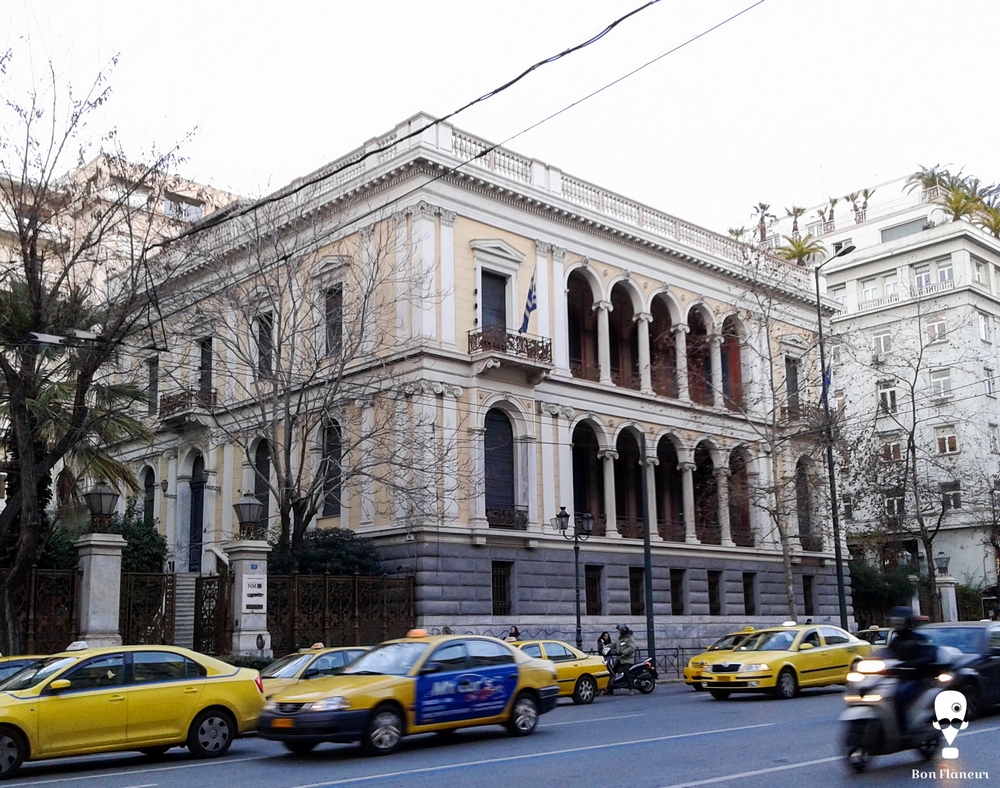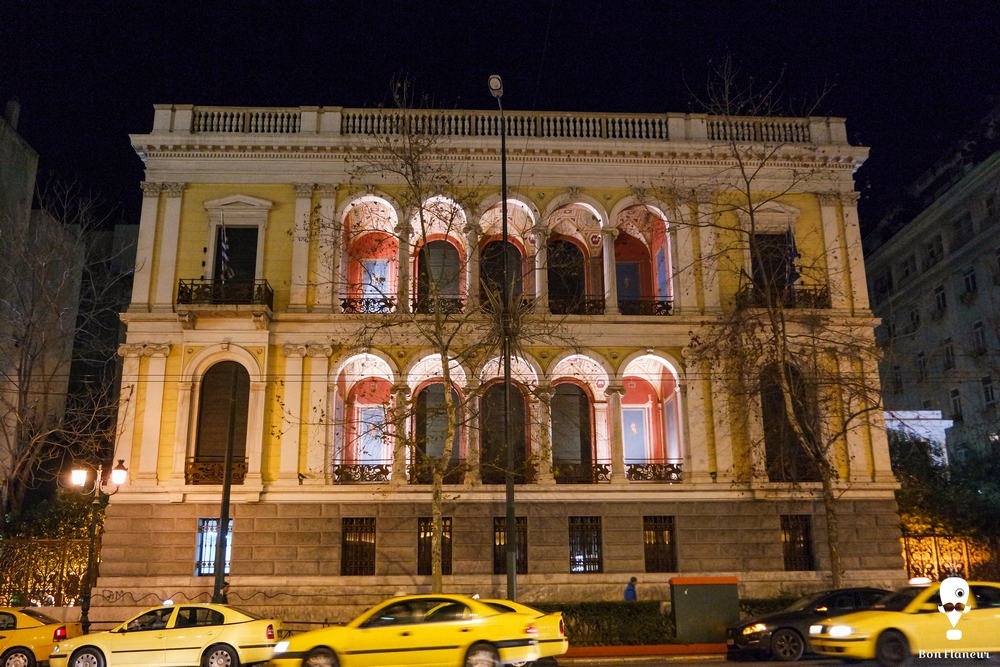Numismatic Museum
The building the Numismatic Museum is of Italian renaissance order in combination with neoclassical order.
Location
Timeline
Modern and Contemporary era (1821 - )
1879 The building was constructed as the residence of Heinrich Schliemann.
1927 Schliemann's wife, Sophia, sold it to the state, because of debts.
1984 Having housed successively the Council of the State and the Supreme Court, it came under the jurisdiction of the Ministry of Culture.
1985 It was restored in order to accommodate the numismatic museum.
2005 Second restoration.








Share